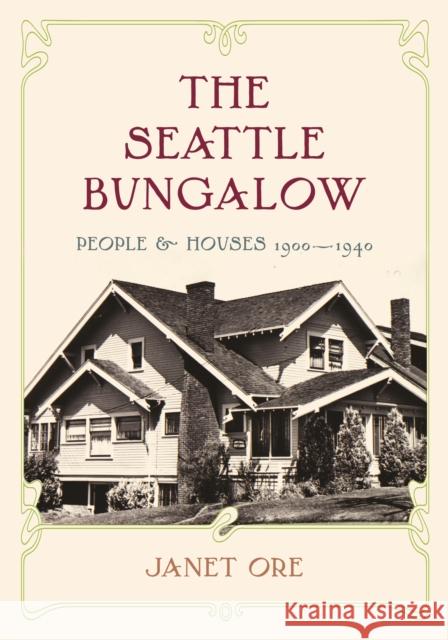
The Seattle Bungalow: People and Houses, 1900-1940
ISBN-13: 9780295986272 / Angielski / Miękka / 2006 / 216 str.
In the early twentieth century, the appearance of new houses across the United States shifted dramatically. Rejecting the elaborate decoration and complexity of Victorian homes, these new houses featured open, parlorless interiors and a minimalist aesthetic, radiating an aura of warmth, coziness, and naturalness. Nowhere were such residences more evident than in West Coast cities, especially Seattle, where explosive growth generated entire neighborhoods of this new house type--the bungalow. It was the nation's first modern home, and it established the essential characteristics of popular housing for the rest of the twentieth century.In The Seattle Bungalow, Janet Ore modifies the common notion that architectural change flows only from the design elite--the architects, domestic reformers, and planners who advocate for changes in domestic architecture--and argues that ordinary people played a crucial role in creating the bungalow. Through their growing power as consumers, modest-income families influenced the physical form of early twentieth-century houses and suburban landscapes. Still operating within a nineteenth-century labor and contracting system, small home builders responded to rising consumer demand for new conveniences such as electricity and central heating by simplifying their structures. Ambitious salespeople-real estate agents, plan book purveyors, and builders--created a new market for affordable small houses through astute advertising and financing. And once families acquired their homes, they used them flexibly, adapting their lives to their domestic spaces and refashioning their homes when necessary. From such efforts sprang the Seattle bungalow, an artifact of ordinary people's part in creating modern culture.










